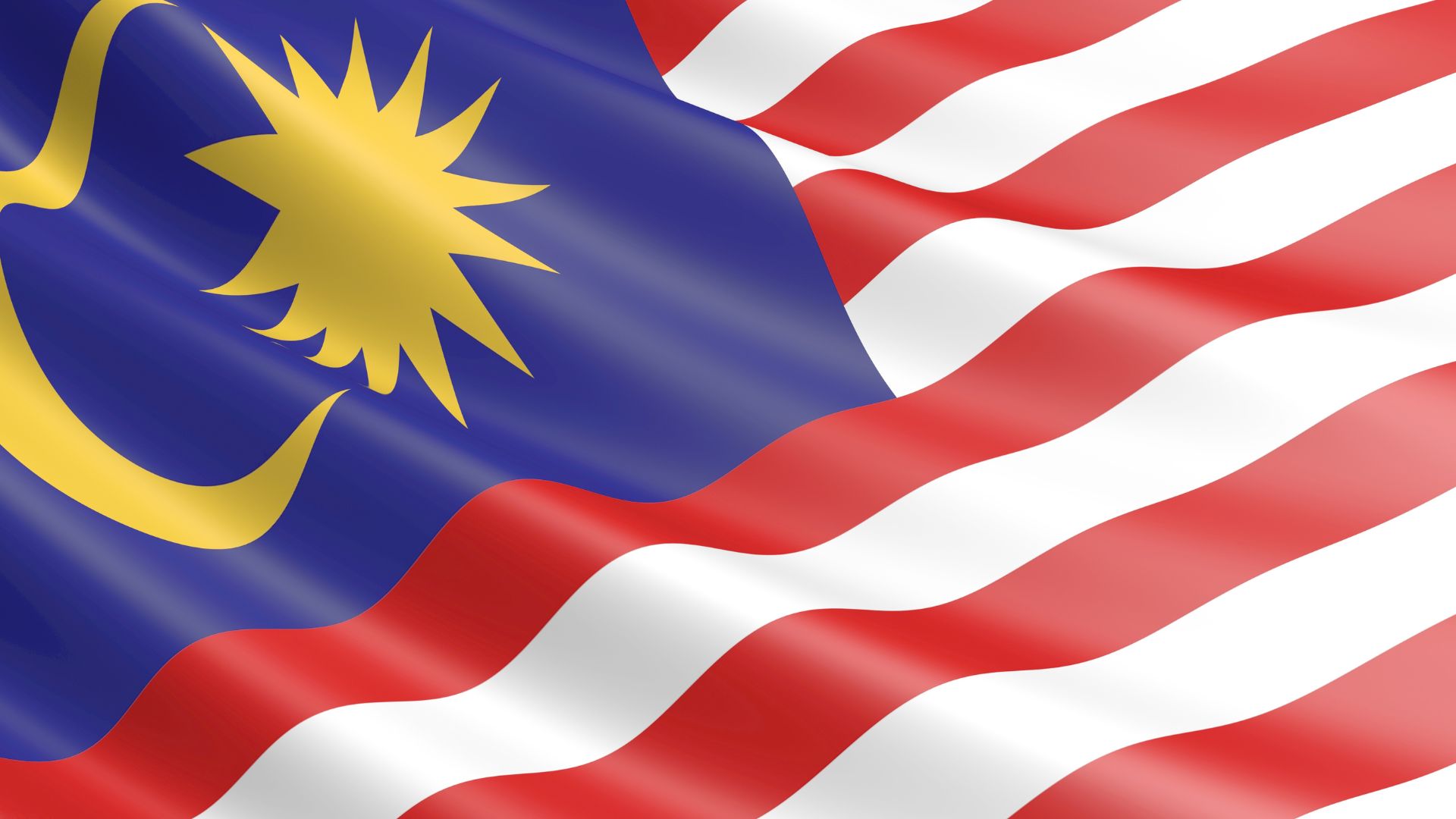
CLA News / The Need for a Paradigm Shift in the Access to Justice Narrative by Lois Chisompola Sikwenda
Justice systems in African Commonwealth countries for the most part apply statutory law, this is recognised as the formal justice system. It generally supersedes other systems of justice to the extent that it has the anchoring of Constitutions and uses formal systems of enforcement through the courts which are entrenched as an arm of the government. In the past two decades, governments through their laws and Constitutions have began to recognise other systems of justice. For instance, the Kenyan Constitution in 2010 and the Zambian Constitution in 2016 recognised alternative dispute resolution (ADR) as complementary to the formal justice system[1]. A survey by the Kenyan Judiciary, together with the Hague Institute for Innovation of Law found that only 10% of Kenyans use the formal justice system to resolve their disputes. [2]It would not therefore be a wide stretch of the imagination to assume that many other African Commonwealth countries have similar statistics. This begs the question, if 90% or more of citizens in countries are not accessing the formal justice system, what is the status of access to justice in our countries?
Part of the answer to this question lies in the legitimisation and recognition of the use of alternative dispute resolution mechanisms. While Constitutions have began to formally make this recognition, the legal profession is largely steeped in the adversarial system of justice, the only recognised model in the formal justice system and the system in which lawyers are trained. This entails that the typical lawyer is ill-equipped and ignorant of their role in the wider discussion of access to justice as it relates to ADR. The typical lawyer generally views access to justice as access to courts or access to arbitration (the most championed and lucrative alternative dispute resolution mechanism in the legal sphere) but sadly this marks the end of the lawyer’s discussion on the subject.
The Sustainable Development Goals, particularly, Goal 16 promotes peace, justice and strong institutions. One of its targets is to promote the rule of law at the national and international levels and ensure equal access to justice for all. The reality however is that if 90% of people cannot access the formal justice system, then African Commonwealth countries are further away from the fulfilment of Goal 16 than we care to admit.
What then does justice look like for the people who do not access courts because they are intimidated by the high filing fees; bureaucracy; complex procedures, illiteracy, distance from the courts and lack of legal know how?[3] What does justice look like for those who are intimidated by legal jargon, a judge’s demeanour and attire? What does justice look like for the individual who is reluctant to have a win-lose outcome against a former business partner, life partner, sibling or child with whom they are in conflict? What does justice look like for those who do not have the luxury of time to while away in the formal justice system because their life depends, so to speak and what about those whose goals simply do not coincide with the formal justice system? What does justice look like for an informal sector which conducts business outside of the formal vehicles of companies or partnerships, to whom reliance on oral contracts, part performance and gentleman’s agreements are the order of the day? What does access to justice look like in peri-urban areas and traditional societies which have no desire to interact with the formal justice system?
Rather than confine the promotion of the rule of law to the court system, it must be promoted outside of the formal justice system. The rule of law and peace can be promoted through non-coercive forms of alternative dispute resolution at a lower cost. The constitutional right to be heard can very well be achieved through mediation which gives parties an opportunity to be heard on their own terms, to tell their stories and to participate in the final outcome of their disputes. This would likely meet the average man or woman’s definition of access to justice. He or she simply wants to know that the legal requirement to be afforded a fair hearing, within a reasonable time, by an independent and impartial court may very well be achieved in a timely and less adversarial manner by a trained ADR professional.
The formulation of constitutional provisions in several countries is simply a first step in making strides towards the complementary existence of the formal justice system and the alternative dispute resolution system. This is because the 90% outside the formal justice system will not be aware of the changes to the law and the possibility of the use of other systems that can meet their needs and that carry just as much weight and significance constitutionally as the formal justice system. The only requirement for this system, the adherence to the tenets of universal human rights standards. While courts have recognised the need for ADR and have introduced court-annexed mediation schemes, again, these cater only to the 10% of individuals privileged enough to interact with the formal justice system. Court-annexed mediation alone therefore, will not suffice. What then can be done to legitimise and promote this parallel system of justice that can be accessed by the vast majority of citizens across many African countries? Sensitisation; Creation of ADR centres: Training of ADR practitioners and the formulation of ethical rules and standards to ensure adherence to the tenets of basic human rights. First, there is need for widespread public sensitisation campaigns on the possibilities, the scope and the use of ADR for the masses. But even greater that than this will be the creation of the centres that will disperse this complementary system of justice in cities, townships, compounds and peri-urban areas. There is also need for the harmonised training of ADR practitioners across various sectors of society to give justice universal application even in the places that courts are not found.
What about the legal profession, one may ask? What impact do these changes on the ADR front (other than arbitration) have on the practice of the law as we know it and the access to justice narrative? What happens to the lawyer when the client discovers an alternative system of justice without all the fuss of the formal justice system? Other jurisdictions are already showing telling signs that the future might just be ADR. Before these changes begin to take place, it will be necessary for the legal profession to conduct mass sensitisation of legal practitioners to the possibilities of ADR and the new role that lawyers can play in bringing justice to the masses through easier, cheaper, less formal means of dispute resolution. It is essential that the initial and continuous training of lawyers begins to sensitise legal practitioners to a new cadre of clients who will have no need for the formalities of the formal justice system. Law associations must begin to introduce lawyers to a new way of achieving justiciable outcomes through settlements for families, small and medium enterprises, employees, individuals with personal injury claims, accident victims, professionals who dislike the backlog and delay of the formal justice system but still require fair outcomes within their personal and professional contexts, etc. The lawyers of the future must be able to comfortably navigate between two entirely different but complementary systems of justice.
The sad reality is that the unsensitised lawyer, still appears determined to avoid this reality and will stick to the formal justice system because it is all he or she knows, even when this no longer serves the needs and interests of society at large. Rather than a strict adherence to the adversarial system, modern society has a greater need for social cohesion to maintain peace, commerce, families and employees, among others, in a fast adapting world. The cost of conflict perpetuated by the formal justice system does not serve the needs of society anymore. Ury, Fisher and Paton state that more than ever, faced with the challenges of living together in a nuclear age on an increasingly crowded planet, for our own sake and the sake of future generations, we need to learn to change the basic game of conflict.[4] To this I would add, we need to change the conversation on access to justice and our perspective, for the sake of the 90% or more outside of the formal justice system. The modern lawyer is one who will adapt to the needs of those overlooked by the formal justice system, to explore the use of ADR in service of the greater good to achieve access to justice for all.
Author: Lois Chisompola Sikwenda
Designation: Senior Research Advocate, Judiciary of Zambia
Email: lois.chisompola@gmail.com
Country: Zambia
[1] Article 118 (2)(d) of the Constitution of Zambia and Article 159 (2)(c)of the Constitution of Kenya.
[2] (See Justice Needs and Satisfaction in Kenya survey, 2017)
[3] Kariuku Muigua, 2022. Accessing Justice Through ADR, Mouldex Printers: Nairobi
[4] Fisher, Ury, and Patton, 2011, Penguin Books: New York



